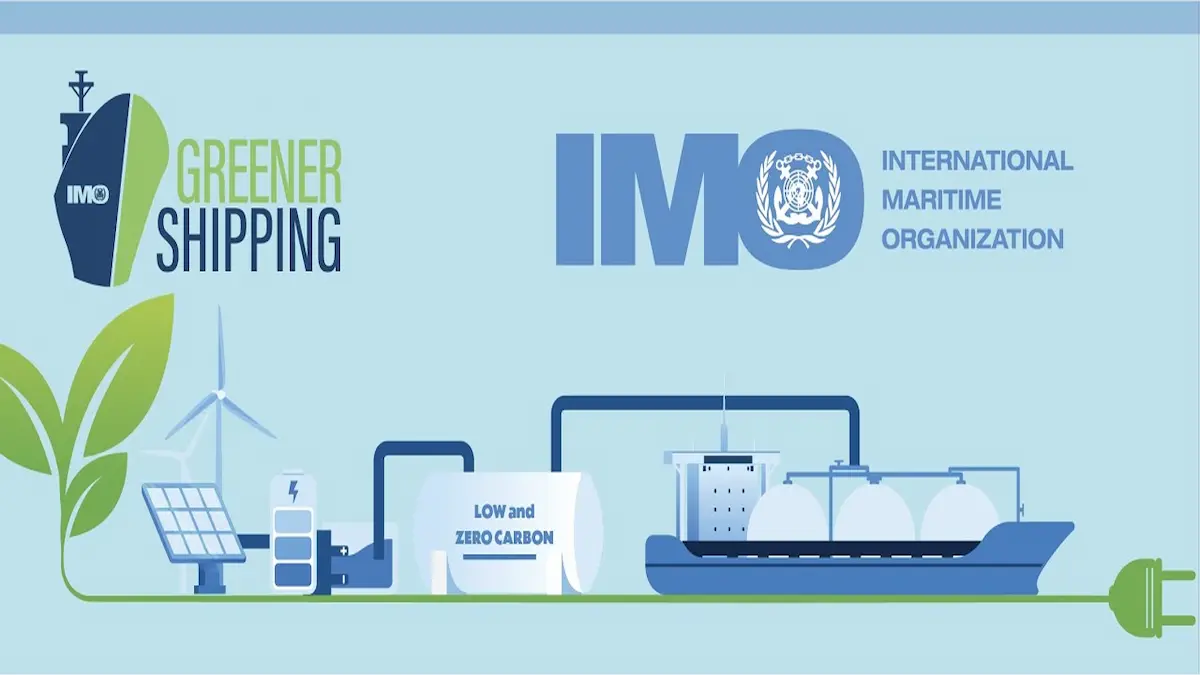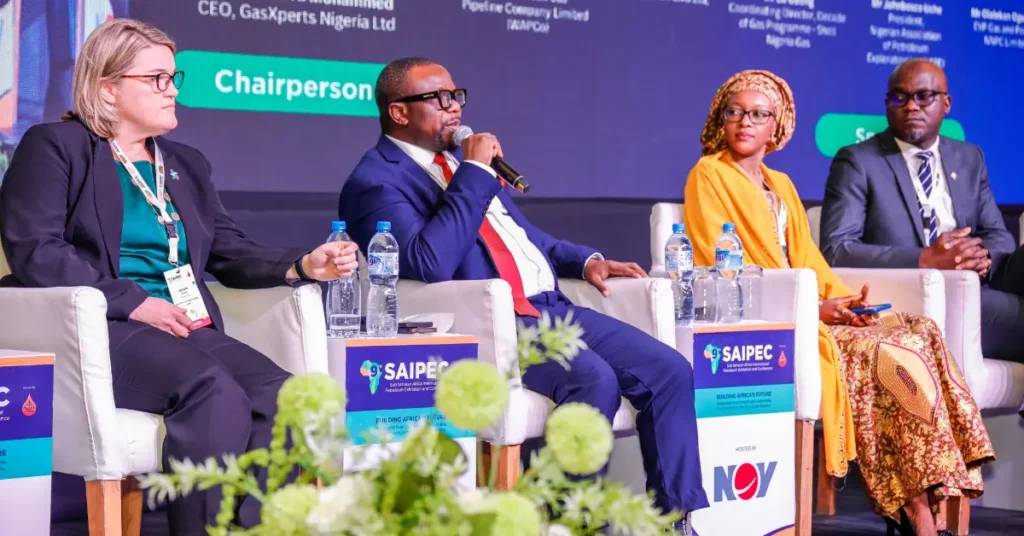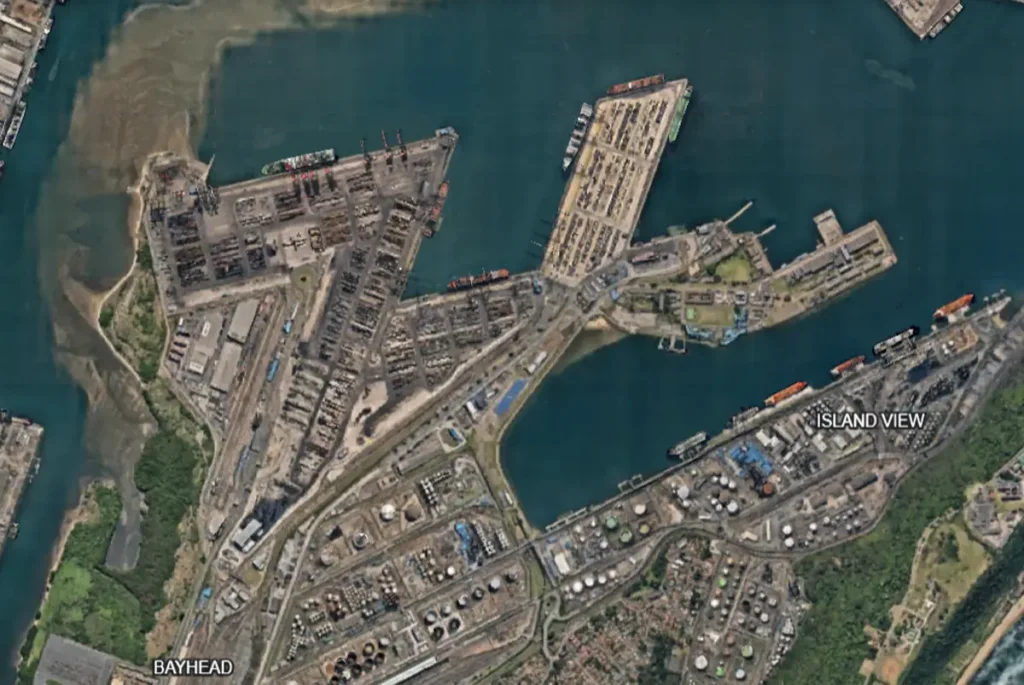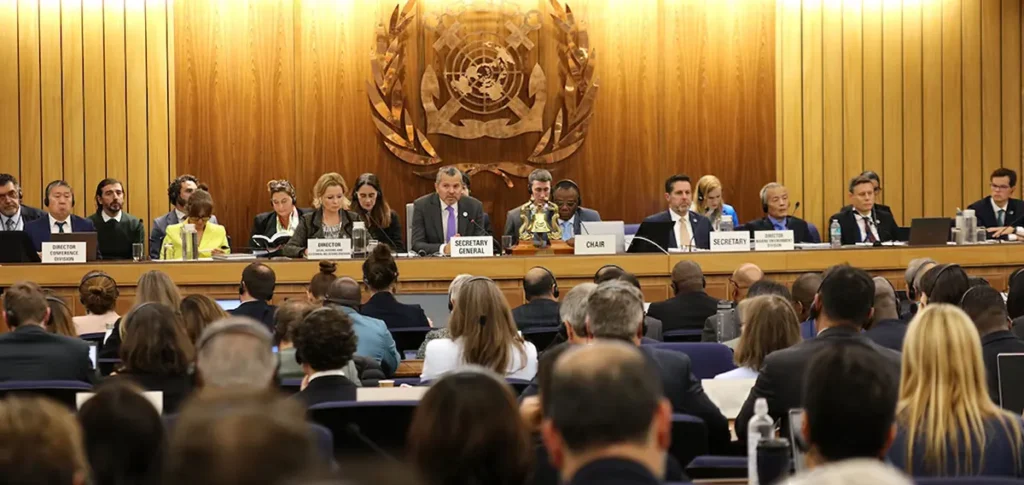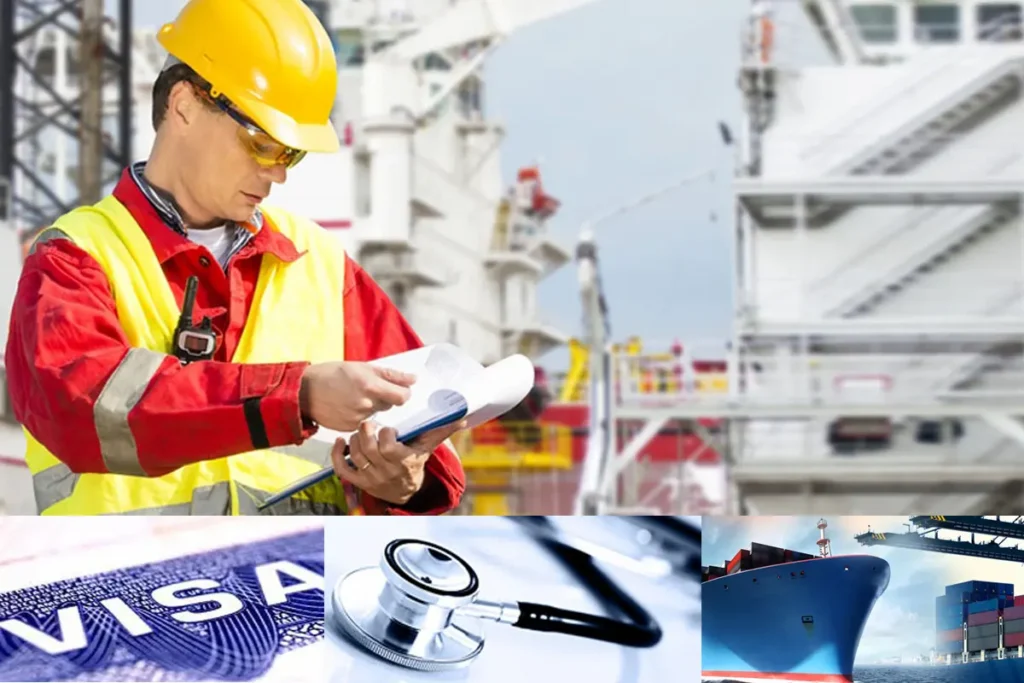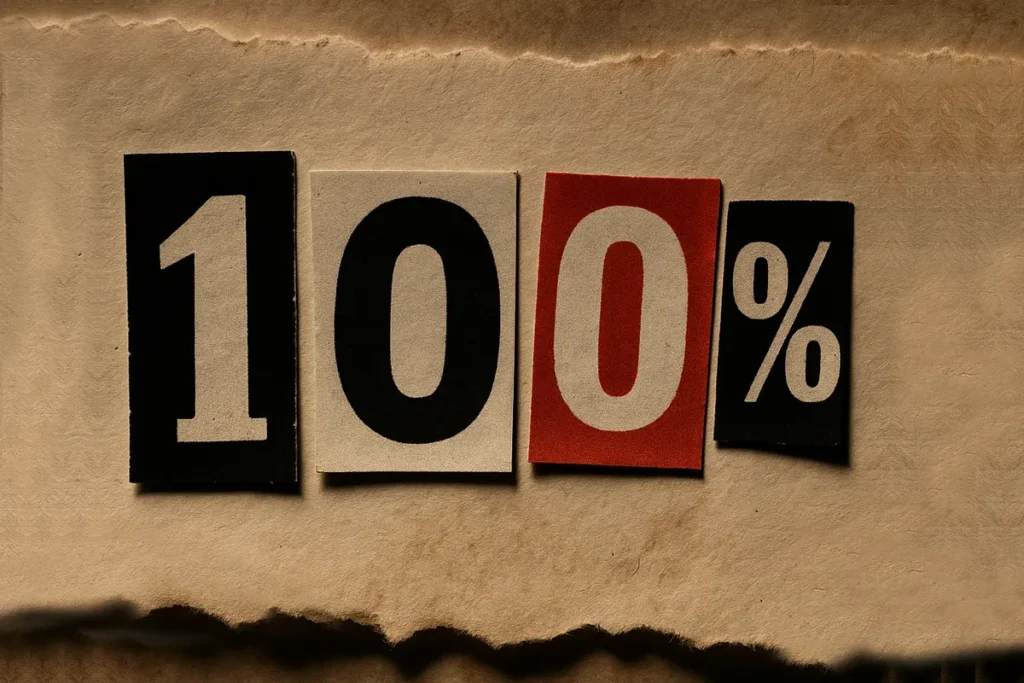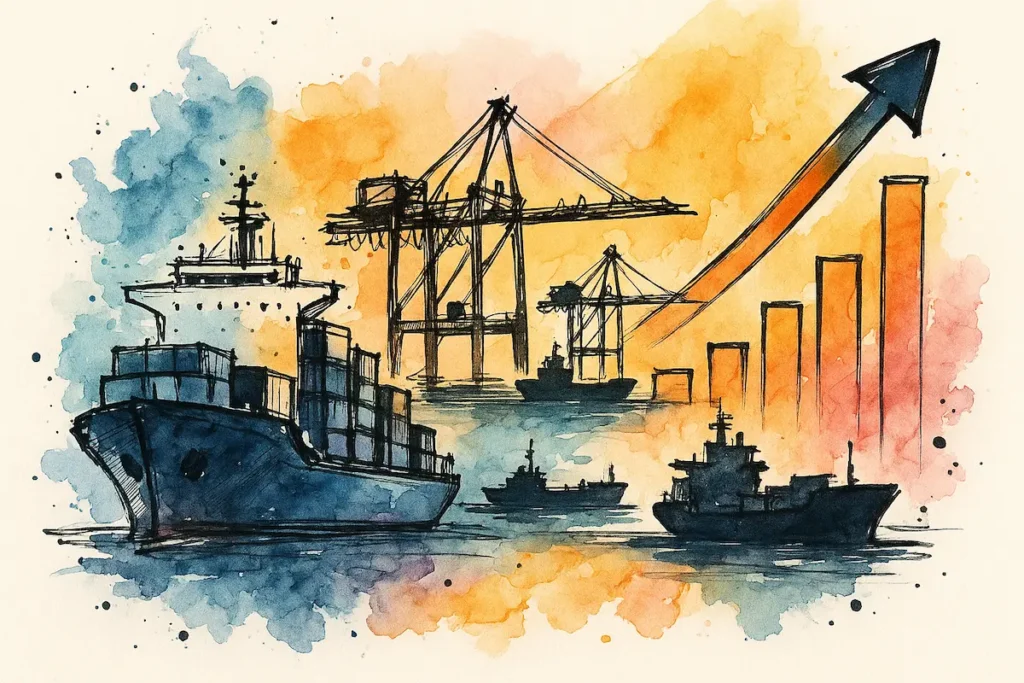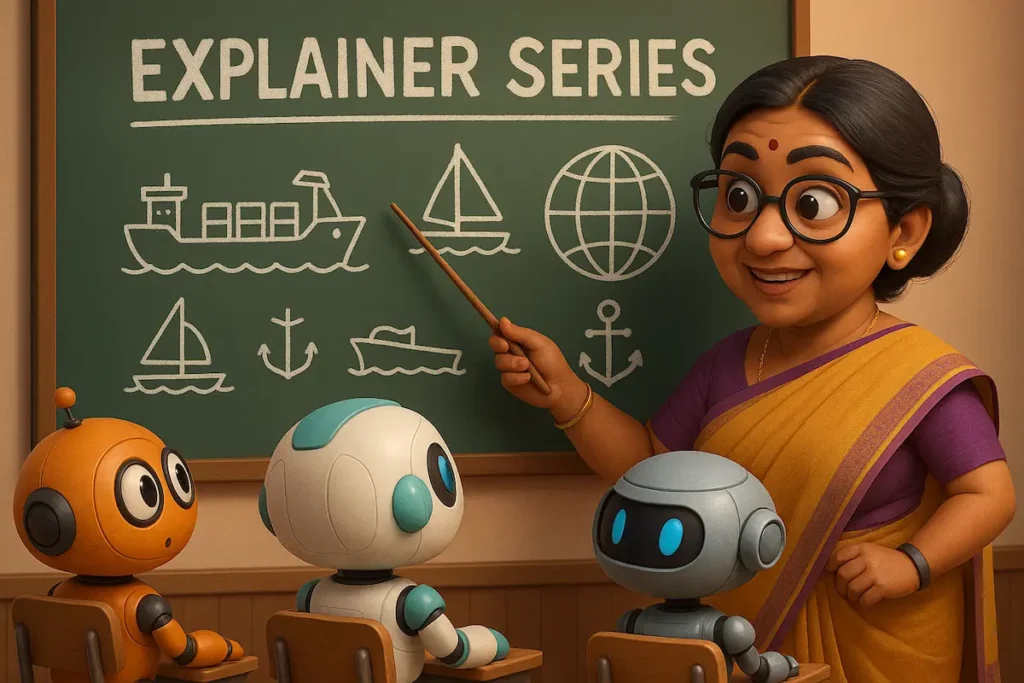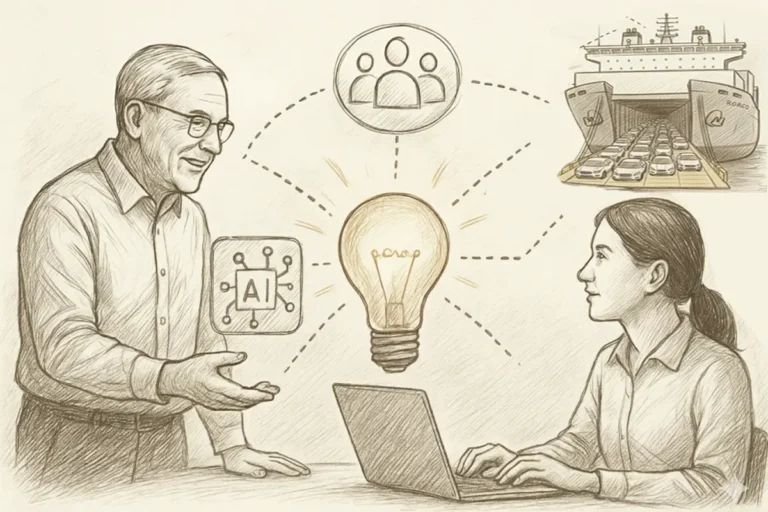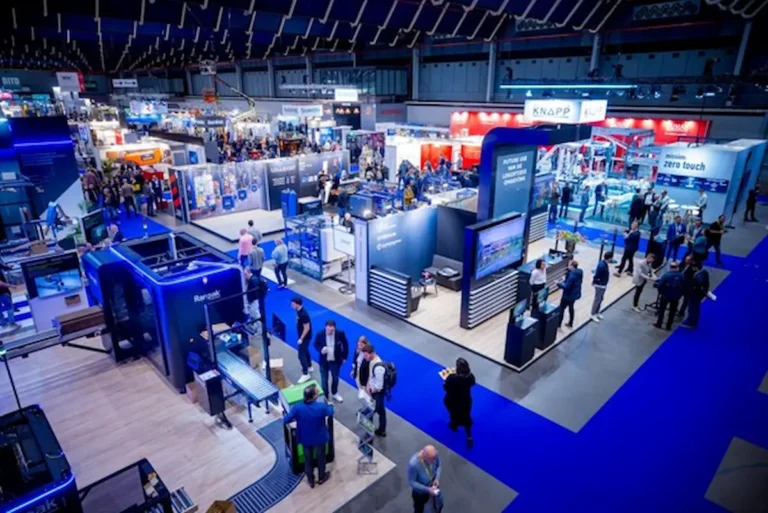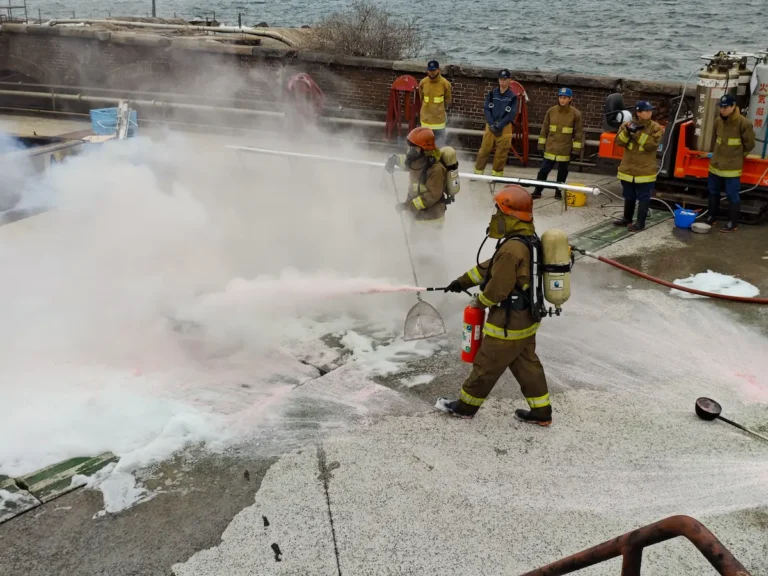As the shipping industry faces growing pressure to reduce greenhouse gas emissions and align with global climate goals, international cooperation and local opportunity go hand in hand..
On the sidelines of the 2025 South African Transport Conference (SATC), I spoke with Camille Bourgeon, an Officer at the International Maritime Organization (IMO), about recent progress, regional challenges, and the road to net zero..
Our conversation offers insight into the IMO’s strategy, regional progress, and opportunities for Africa to lead in low-carbon fuel production..
Hariesh Manaadiar (HM): Thank you for joining us at SATC 2025.. Could you share an overview of recent developments in GHG emissions policy and how the IMO is progressing with its decarbonisation strategy..??
Camille Bourgeon (CB): Thank you, Hariesh. It is a pleasure to be here. The Revised IMO Greenhouse Gas Strategy was adopted in 2023 with unanimous support from member states. It remains our policy framework guiding both member states and the industry towards net-zero emissions by around 2050.
The strategy sets interim goals, and we are now focused on translating those high-level ambitions into concrete, mandatory regulations that will apply to all ships globally.
HM: How would you assess progress toward the 2030 and 2050 targets..??
CB: We are on track with our first level of ambition: reducing carbon intensity by at least 40% by 2030 compared to 2008 levels. Our latest Carbon Intensity Monitoring Report showed that by 2023, we had achieved about a 35% reduction.
Given the additional regulations coming into force, such as the Energy Efficiency Existing Ship Index (EEXI), the Carbon Intensity Indicator (CII), and the Ship Energy Efficiency Management Plan (SEEMP), I am confident we will meet that target.
However, reducing absolute greenhouse gas emissions by at least 20%, with an ambition of 30% by 2030, is a greater challenge. Energy efficiency alone will not be enough. That is why the IMO’s new Net Zero Framework, approved in April by the Marine Environment Protection Committee (MEPC), is so important.
We hope it will enter into force in 2027, accelerating the uptake of alternative fuels, biofuels, liquefied natural gas, methanol, and, in the future, synthetic fuels like ammonia. This framework also provides certainty to fuel producers that shipping will demand these volumes.
HM: From your perspective, which regions are making good progress, and where is there still work to do..??
CB: That is an excellent question. Shipping is a truly global industry, but has regional specialisations. East Asia, for example, is very strong in shipbuilding and innovation.
However, this is a shared challenge that requires cooperation everywhere. That is why being here in Africa this week is so important.
One specific area where Africa needs progress is ratifying MARPOL Annex VI, which governs emissions from ships. Currently, only 17 African countries have ratified it. We really encourage more countries to do so, as it offers important benefits to coastal communities and economic opportunities in the maritime sector.
HM: Are there any encouraging signs in Africa on this front..??
CB: Absolutely. One of the most promising discussions this week has been around fuel production. We heard from project developers who are confident that significant volumes of lower-carbon fuels can be produced here in South Africa in the years to come.
Africa has documented potential for renewable energy and bioenergy production that can support shipping’s decarbonisation goals. Of course, not every country has the same challenges or opportunities, but there is a real chance to develop local industries that support the global transition.
One message we want to highlight at a conference like SATC, which deals with all transport modes, is that shipping can be a major driver of economic growth. Renewable energy project developers will find a global market with long-term visibility and sustained demand from the shipping sector.
HM: How can events like SATC help advance these goals..??
CB: Shipping is sometimes overlooked in broader transport discussions, so there is a real need to enhance its visibility and strengthen ties between the renewable energy and shipping sectors.
This week at SATC is a fantastic opportunity to bring these communities together. It is encouraging to hear so many positive ideas and see the willingness to collaborate on shared goals.
Conclusion
Shipping’s path to net zero is ambitious but essential.. As Camille Bourgeon’s insights show, the industry is making tangible progress, but absolute emissions reductions will demand widespread adoption of alternative fuels and global cooperation..
Africa stands at a unique crossroads, with the potential to become both a production hub for low-carbon fuels and a beneficiary of a greener shipping economy..
Conferences like SATC provide a vital forum to align vision with action, ensuring that the industry’s transition benefits all..

